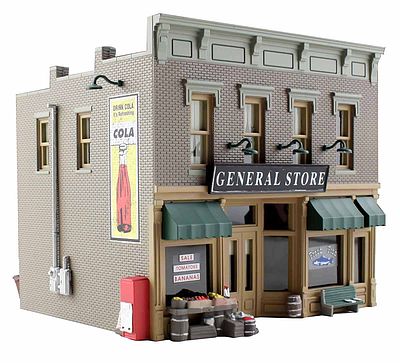Introduction to Railroad Layout Design
We at the Railroad Design Hub understand the passion and dedication that goes into creating a detailed and functional model railroad. It’s not just about laying tracks and placing trains; it’s about bringing to life a miniature world that captures the essence of the railway experience. With careful planning and design, even the most space-challenged enthusiasts can develop an impressive layout that is both aesthetically pleasing and operationally sound.
Mastering Track Planning
Track planning is the foundation of any great railroad layout design. It involves more than just the physical placement of tracks; it encompasses the strategic layout of railway routes to optimize both visual appeal and operational functionality. When planning your tracks, consider incorporating a balance of straight paths and curves, elevation changes, and varied lengths to create a dynamic and interesting railway.
Choosing Your Layout Themes
A theme can serve as a guiding star for your railroad layout design. Whether you’re inspired by the steam-powered locomotives of the past, the sleek modernity of contemporary trains, or a specific geographic location, selecting a theme will help you stay focused and make cohesive design choices. Your theme will influence everything from the types of trains and buildings to the landscape and backdrop of your layout.
Space-Saving Techniques for Compact Layouts
Not everyone has the luxury of a large space for their model railroad. That’s where space-saving techniques come into play. We encourage you to think vertically with multi-level layouts that add depth and complexity without spreading outwards. Modular layouts offer the flexibility to expand or reconfigure your setup as space allows, while shelf layouts can turn an unused wall into a bustling railway scene.
Designing Multi-Level Layouts
Multi-level layouts are a fantastic way to add interest and utilize vertical space effectively. They allow for the creation of valleys, mountains, and multistory urban scenes. When designing multi-level layouts, it’s important to consider the accessibility of each level for both viewing and maintenance. The use of helix designs to transition trains between levels can be both a practical and visually stunning element.
Modular Layouts: Flexibility and Portability
Modular layouts are comprised of smaller, interlocking sections that can be easily moved or rearranged. This design approach is ideal for those who may need to transport their layout or who plan to expand over time. Each module can be a standalone scene or part of a larger narrative when connected with others, offering endless possibilities for growth and change.
Shelf Layouts: A Creative Solution for Limited Spaces
Shelf layouts take advantage of horizontal wall space, transforming it into a narrow but elongated area for your railroad. This type of layout is perfect for depicting a single scene in detail, such as a cityscape, industrial area, or a scenic countryside. With careful planning, shelf layouts can offer a surprising amount of operational interest within a confined footprint.
Continuous Run versus Point-to-Point
When planning your layout, you’ll need to decide between a continuous run or a point-to-point configuration. Continuous run layouts allow trains to loop indefinitely, which can be mesmerizing to watch and easier to operate. On the other hand, point-to-point layouts mimic real-world railroading, where trains travel from one destination to another, offering a more realistic and challenging operational experience.
Operations Planning for Realistic Functionality
For those who enjoy the operational aspect of model railroading, planning for realistic train operations is key. This involves creating timetables, freight schedules, and passenger services that reflect how a real railroad functions. Incorporating sidings, passing tracks, and freight yards can enhance the operational complexity and provide endless hours of engaging activity.
Integrating Helix Design into Your Layout
A helix is a spiral track used to gain or lose elevation on a model railroad. Integrating a helix design into your layout is not only a space-efficient way to transition between levels but also adds a dramatic flair to your setup. When designing a helix, ensure that the slope is gradual enough for trains to ascend and descend without difficulty, and consider the visual impact it will have on your overall layout.
Conclusion
Your journey into railroad layout design and track planning is bound to be filled with challenges and triumphs. By incorporating these innovative techniques and paying close attention to detail, you can maximize your available space and create a model railroad that is both visually stunning and operationally engaging. Whether you are a seasoned veteran or a newcomer to the hobby, the key to success lies in careful planning, creative thinking, and a passion for the rails.
